Smart Money Tips That Will Help You Save Cash
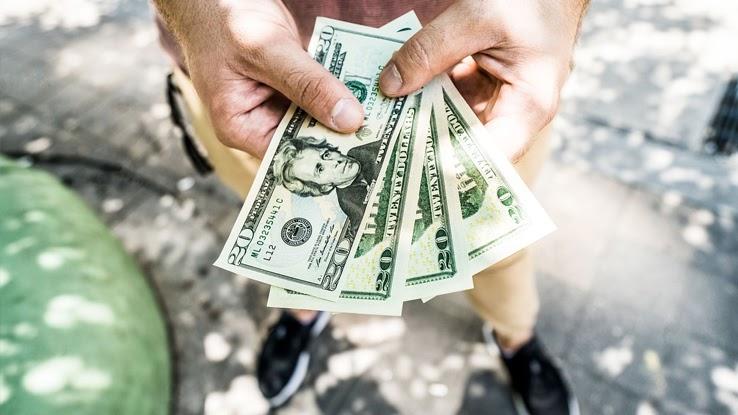
Saving money is something everyone should aspire to do. If you don’t have anything saved for emergencies, when something comes up like an unforeseen medical expense or a car repair, you’ll be left with added debt that can spiral out of control.
Break the cycle and try some of these quick tips for saving more money. Saving is essential for everything from your emergency fund to paying down your debt. This guide has some simple ways to help you save money quickly.
Know the Importance of Saving
When it comes to saving, one of the most important things to remember is why you need to save in the first place. Keeping the reason at the forefront of your mind will help you from falling off the savings wagon. If you need to write a note to yourself and put it on your bathroom mirror, do it.
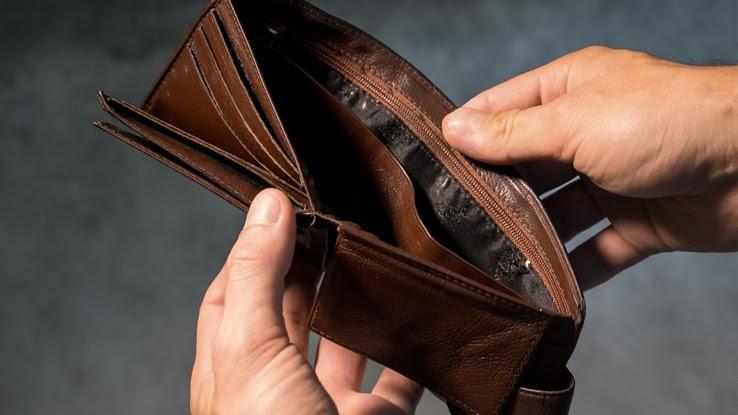
Understanding why saving is so important is one of the first steps towards making a real change. Saving for emergencies, paying down debt and preparing for big life expenses are some of the most important things you can do for your financial well-being.
Track Your Spending
If you don’t know where your money is going, it’s hard to save it. In order to keep track of your spending, you need to know what you’re spending your money on. Spending money without keeping track of it can cost you more than you realize.
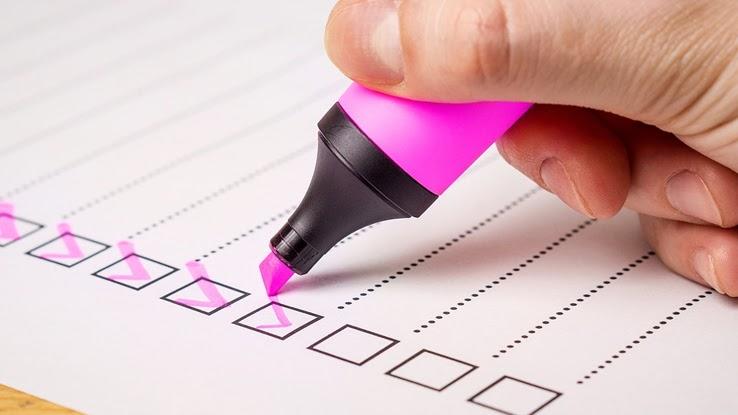
To better get a handle on what money is going out, track your spending on your phone, in a spreadsheet or even on good old-fashioned paper. Wherever you do it, keep track of everything you’re spending money on.
Commit to a Budget
Once you know where your money is going, you’ll be able to establish a budget that is more realistic. While it can be tempting to keep numbers as low as possible to pack as much into the budget as possible, if they aren’t grounded in real numbers, you may not be able to keep your spending within those bounds.
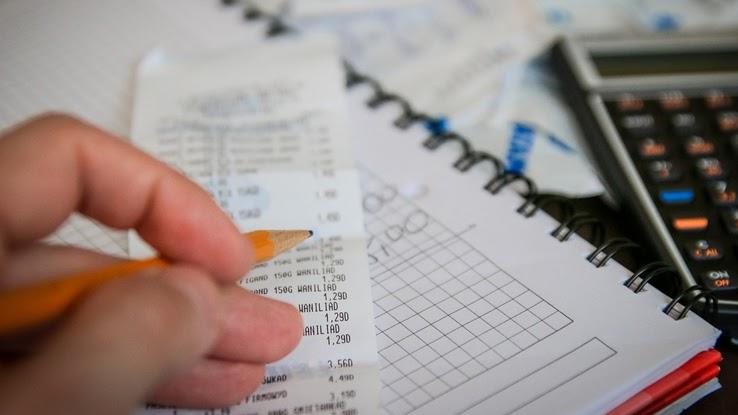
Let’s say you decide you want to spend $200 a week on groceries for your family of five when you sometimes spend as much as $400. By using such a low estimate, you ste your budget up for failure. It’s better to overestimate costs than underestimate them.
Pay in Cash
If you’re having trouble spending too much with your credit card or debit card, it might be helpful to start paying in cash. That way, if you don’t have the cash, you’re unable to pay for whatever you’re trying to do. This can help train your brain not to default to your credit card.
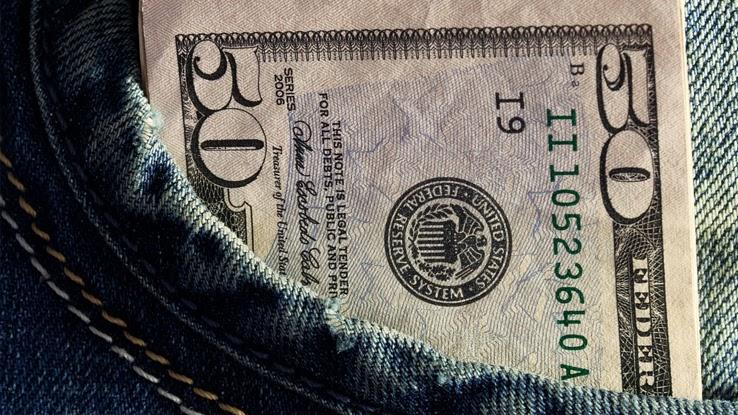
Paying only in cash does require a little mindfulness and preparation. When you only have a certain amount of money you’re able to spend, you’ll need to think twice before making impulse purchases or not looking at price tags.
Make It Automatic
One of the easiest ways to save money quickly is to make it automatic. When money is automatically taken from your checking account, it can quickly go into your savings without you even realizing it was there. You can do this online at almost every bank.
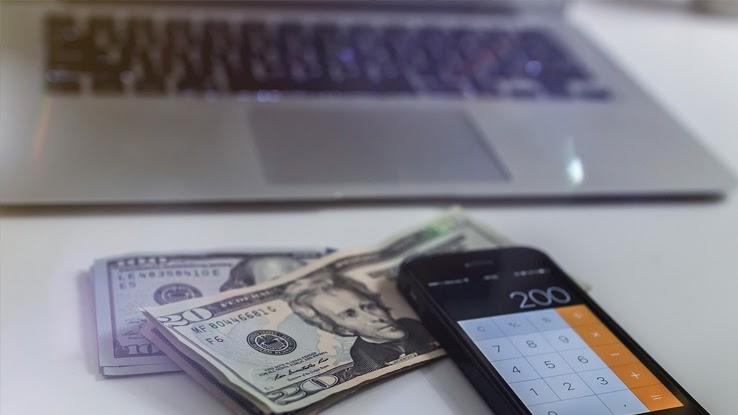
Choose an amount of money that you can build a real nest egg with, but not so much that you end up needing to dip back into it to pay for bills or food. Just a small, reasonable sum transferred every week, paycheck or month can help your savings accumulate.
Keep a Savings Tracker
In addition to tracking spending, you should also monitor your savings progress with a savings journal or spreadsheet. There you can record your progress, see where you saved the most money, where you can improve and where you may be able to cut or save even more.

Wherever you decide to keep track of things, just try and stick to routinely writing down your progress. While it may seem time-consuming, just doing this for a few minutes a week will allow you to see the whole picture and what amazing progress you have made. That in turn incentivizes better financial decisions and habits.
Use a Budgeting App
There are several great budgeting apps out there that can help you stay on track and record your progress. Budgeting apps typically sync with all of your bank accounts. You can link them to your checking account, savings account and also credit cards.
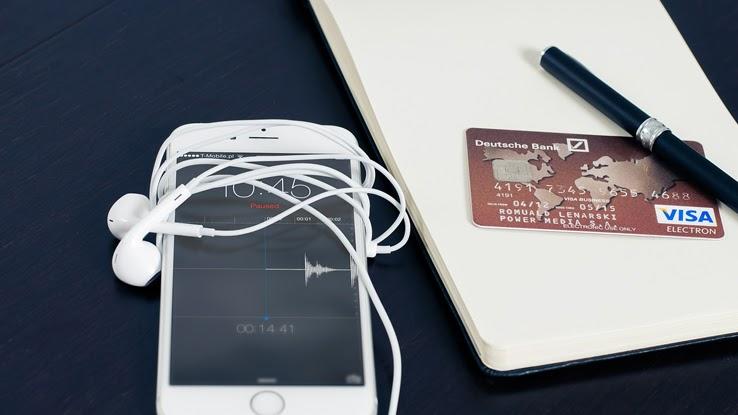
Using an app can not only make tracking your savings easier, but it will also show you exactly what you are spending your money on. Many budget apps divide up your spending between bills, entertainment, groceries, travel and more for even more financial insight.
Have Weekly Check-Ins
When you’re working on saving money, it’s important to regularly check in with yourself. Think of it as a weekly or monthly budget meeting at work. These check-ins allow you to see your progress and make adjustments for the following week or month.

At these meetings with yourself, your spouse or your family, you can plan ahead for future savings goals, needs and budgets. You can plan accordingly if you need to save more money or make a major expenditure to achieve one of your financial goals.
Set Small Goals
When it comes to goals, you want to set small, attainable objectives that can help you on your way to achieving bigger dreams. Let’s say your big goal is to buy a house. Set your small goals for things like paying down your debt, saving $100 a month towards your down payment and paying off a small credit card balance.

Each small goal should be one that you can attain in a shorter amount of time. By breaking large efforts down into actionable tasks, you set yourself up for success rather than feeling overwhelmed by the enormity of what you’re trying to do.
Plan Out Your Big Goals
When you have your big goals mapped out, you’ll have a clearer picture of what your little goals are working towards. In the case of a home, your big goal is to buy a house, ideally with 20 percent saved for a down payment.
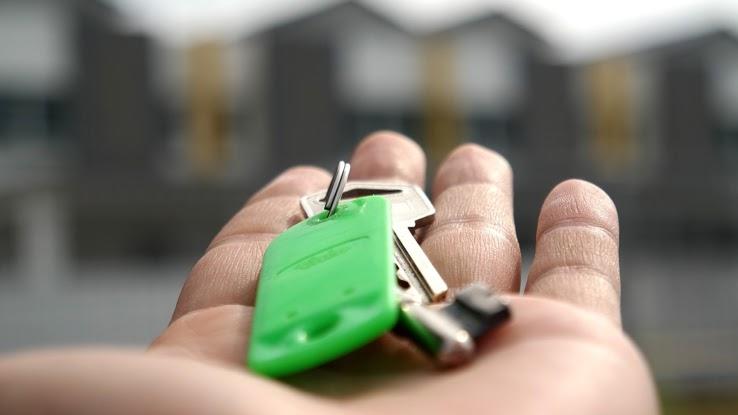
Your little goals in this scenario are low-hanging fruit that bring you one step closer to your larger goal. You can set a big goal for every year, every few years, or sooner, depending on your needs.
Get Creative With Entertainment
Entertainment for yourself or your children can be expensive. However, when you’re trying to scale back and save, you want to make sure you’re not cutting all of the fun out. If you deprive yourself too much, you’ll likely fall off the wagon and splurge on something reckless.

Make sure you still enjoy life, but just get a little more creative with how you spend your time. Take advantage of free days at museums, enjoy free outdoor activities and have more family fun nights in your own home.
Save Those Dollars
An easy way to save money is by saving a set amount over a designated period. Let’s say you just want to start small with $1 a day. Literally take $1 a day and put it in a jar. At the end of the year, you’ll have $365 saved.
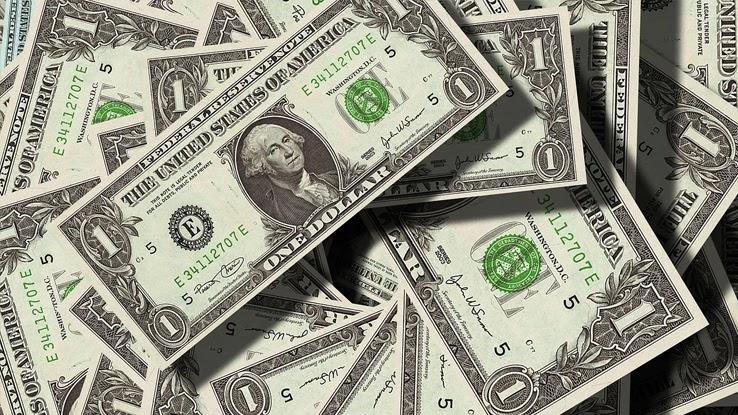
Now let’s say you want to save more. You can do the $2 weekly challenge where you put $2 in your bank account to start. The next week you put $4, then $6, and so on until week 52, when you add $104. That’s $2,700 saved in just a year!
Keep Making Payments
An easy way to save money you might not even miss is to keep making payments even after a debt has been paid. Let’s say you have a small loan that you were paying $100 a month on. Once you pay off your loan, keep paying yourself $100 a month.
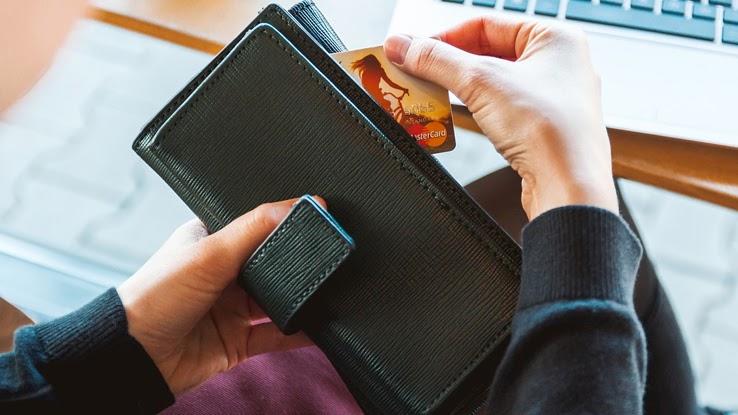
Ehen you reach the end of the year, you’ll have an extra $1,200. If you can keep that up for five years, you’ll have saved a whopping $6,000. The more you save and the longer you keep it up, the better.
Bump Up Retirement Savings
If one of your savings goals is to prepare more for retirement, taking advantage of employer-offered benefits can make a big difference. For example, if you have an employer-funded 401(k) and you’re not maxing it out, now is the time to do so. This is especially important if your employer is matching your contributions.

You always want to max out your 401(k) contributions and take advantage of the free money your employer is giving you. Make the most of your working years by contributing the most you can now. The interest will help even more by the time you decide to retire.
Keep the Change
There are a lot of apps and programs out there that help you automatically save change from purchases. If you have an app synced to your debit card, for example, each time you purchase something and there is change, that amount is rounded up and the difference is put into a savings account.
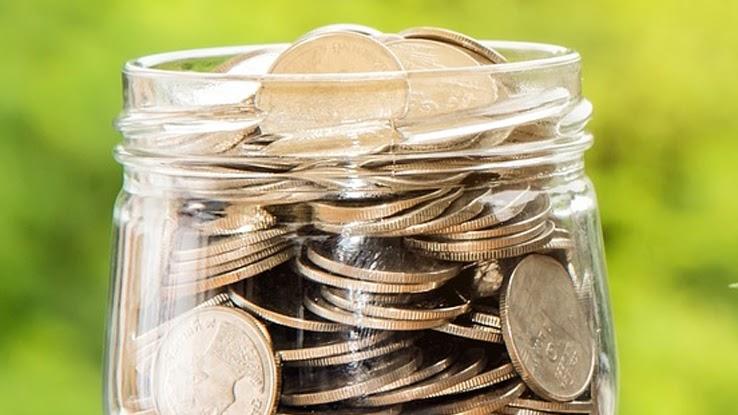
Coffee that costs $1.50, for example, would lead to $0.50 in savings. This may not seem like a lot at first, but when you do this for every transaction, you quickly see the savings pile up.
The Envelope Plan
If you do better with goals when you have a visual reminder to keep you on track, try to use the envelope method for saving. With this approach, you mark several envelopes with the names of different funds your cash will go toward. You can have a grocery envelope, a coffee envelope and a lunch money envelope, for example.
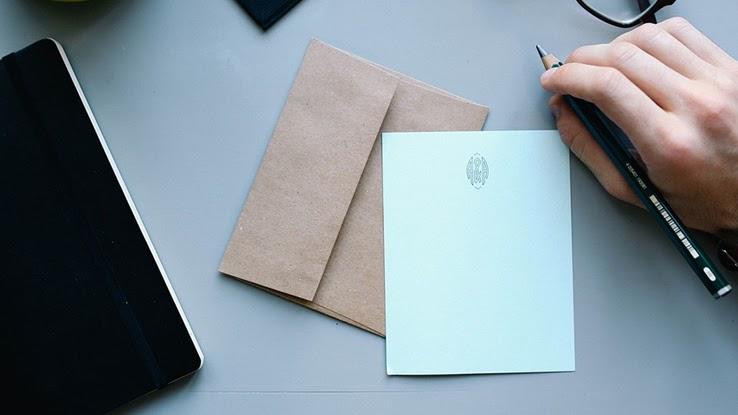
Set a budget for each envelope and fill it with cash. When your budget is used up and the cash is gone, you’ll know beyond the shadow of a doubt that you can’t spend any more in that pot for the week.
Save Those $5 or $10 Bills
If you like to make saving money a bit more fun, play a game with yourself or your family where anytime you receive a $5 bill, you have to put it in a jar. This only counts with a $5 bill and not singles.
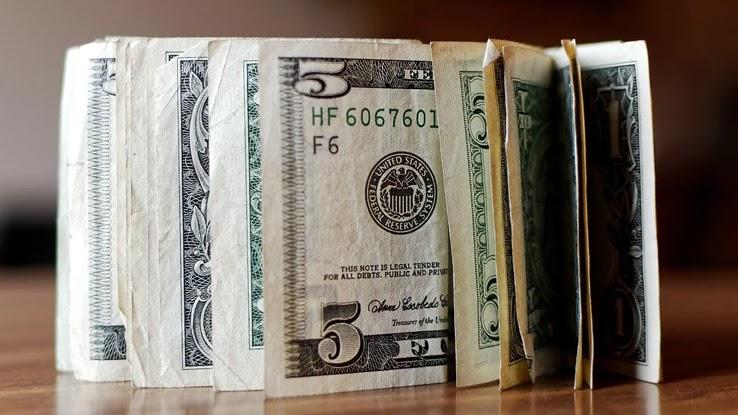
If you’d like to up the game a little bit, you can do the same thing with a $10 bill. Again, you don’t have to add $10 when it’s in a lump sum, but you will need to add all of the $10 bills you come across until you reach your goal.
Have No-Spend Days
No-spend days or no-spend months are a great way to save money really quickly. Whatever you want to start with, choose a designated amount of time when you aren’t allowed to buy anything that isn’t essential.
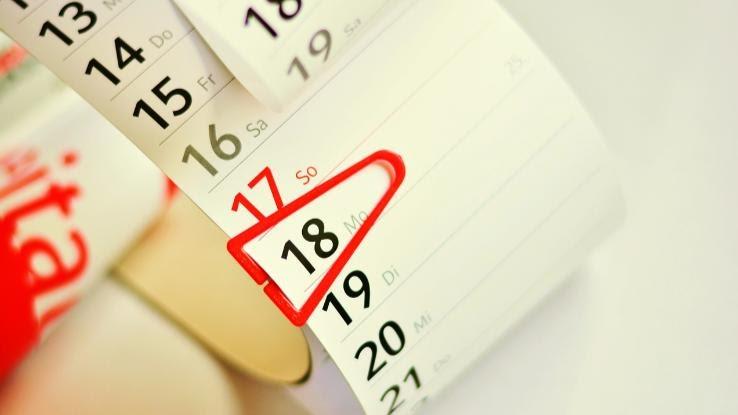
Non-essentials include shopping, ordering takeout, coffee, going to a movie or anything else you deem a non-essential item. Start by trying a single day, and then give it a try for a week. Eventually, you can work your way up to a month, and you’ll find it easier each time.
Set Alerts
One way to stay on top of your finances and hold yourself accountable is to set alerts on your accounts. If you are working on a savings goal with your partner, you can each set alerts for yourselves as well as each other so that you can see what activity has been going on in your account.
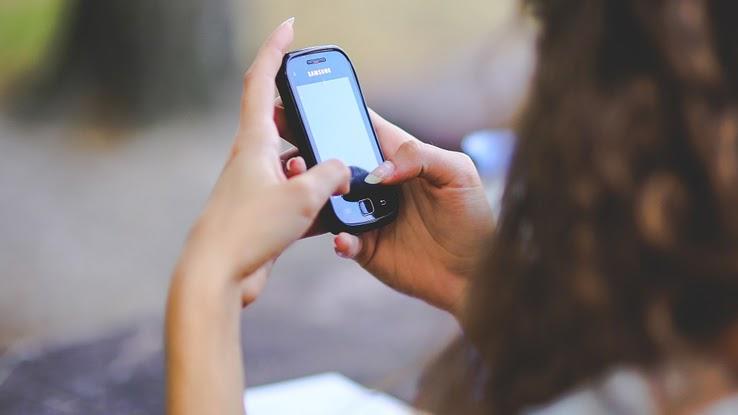
You can set alerts for spending over a certain amount in a day, debit card purchases, or for any time you use your credit card for a purchase that goes over a certain amount. You can typically set these up through your bank.
Put on a 24-Hour Hold
If you’d like to buy something while you’re trying to save money, try to put a 24-hour hold on the item. Let’s say you have a vacation coming up, for example, and you’d like some new clothes. Before you go and buy $300 worth of clothing, put everything in your online cart and wait for 24-hours before looking at it again.
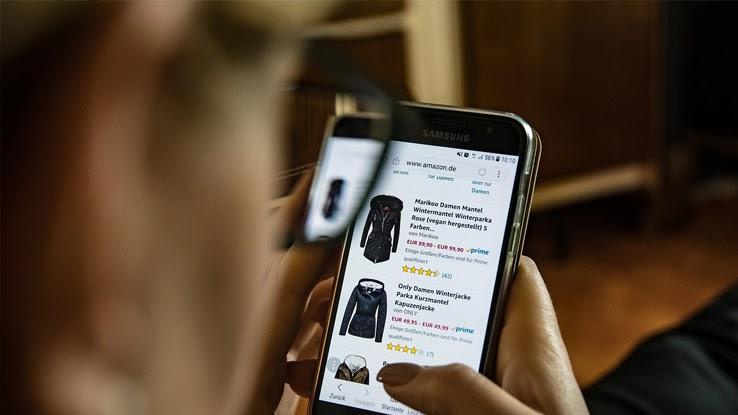
When you go to your cart, you may actually find that you don’t want all of those items anymore and perhaps can live with spending $75 instead of $300 on clothes for your trip.
Snowball Method
The snowball method is one of the best tricks in the book when it comes to saving. To participate in the snowball method, you take one of your lowest debt accounts and try to pay it off over the course of time.

Each day, save an additional $5 for this debt plus your usual monthly payment. Your goal is to pay off as much of this debt as you can while making minimum payments on the rest. When you pay off that debt, go to the next smallest debt, and use the money you were putting to the first towards paying it off, too. You’ll be debt-free in no time!
The Old Change Jar
Never discount that change sitting on the floor of your car or at the bottom of your purse. If you have a bunch of old change lying around, start rounding it up and saving it in a jar. You can even get your kids involved and have them keep a jar or piggy bank as well.
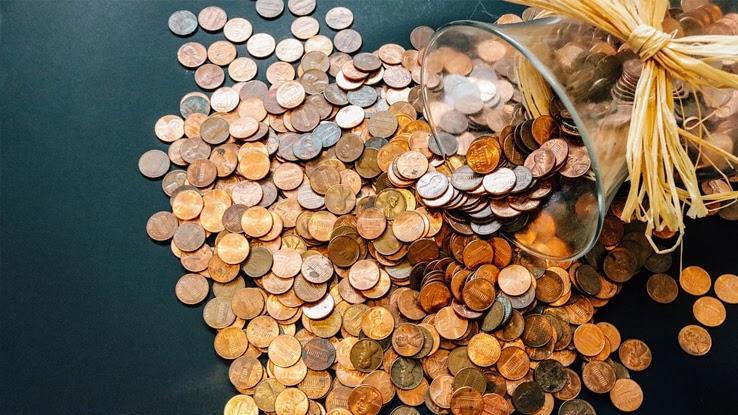
If you and your family are looking to splurge on something, pour out your change jar and take it to a local bank. You may be surprised by how much is in there, and because the money wasn’t recorded in your budget, spending it won’t register as an expense.
Set Up a Secret Bank Account
When you can always see the money in your checking or main savings account, it can be hard to let that money sit there without spending it. A secret bank account can be a great way to save some extra money without the temptation to spend it.

If this is something you have a hard time with, take some of your savings and put it in an online bank account or another account at your bank. Set up automatic payments and then lose your login. Now it’s a lot harder to take money out.
Holiday Gift Cards
While it may be tempting to spend the gift cards you get right after you receive them, try and save them instead. When you get gift cards for the holidays or your birthday, for example, try and save all of them somewhere out of sight.

If you have a nice bank of gift cards saved, when a birthday party or an occasion where you need to buy a gift comes up, you’ll have a gift card available to eat that expense. Just be careful to use them before they expire.
Use the 50/30/20 Method
To help save more money, you can try the 50/30/20 method where 50 percent of your income goes to your essential and fixed costs such as housing, utilities and groceries. You then take 20 percent of your income to use towards savings, paying down debt, emergency funds and your retirement.

The last remaining 30 percent could be used for personal entertainment, clothing, dining or other activities. That sets you up for solid saving, and you can dip into your entertainment funds for even more saving when possible.
Vacation Plan
While vacations may not be what first comes to mind when you think about saving, it’s important to still plan and budget for these excursions if they are important to you. If a vacation is on your horizon, the sooner you start saving for it, the better off you’ll be.

When you start to plan your vacation, keep your flex and entertainment spending in mind. With enough time to plan, you can budget extra savings for your vacation each week. You can also make some cuts to prepare for what you need.
Save First, Spend Later
One of the best things you can do when you’re looking to save money is to shift your mindset towards a “save first, spend later” mentality. As Warren Buffet once said, “Do not save what is left over after spending, but spend what is left over after saving.”

The idea here is that you should automatically save what you need to and then have your allotted budget for spending. You should never just spend what you want and hope there is something left to save. Make savings come first, even when you’re spending.
Pay Down Debt
One of the best ways to boost your savings is actually to pay down your debt. Paying down your debt saves you interest, and it also makes your payments come to an end sooner. With each debt down, you save money on interest and fees.

When you pay down your debts, put that money back into savings by automatically transferring it. You will quickly see your bank account balance increase as you pay more debts and stop paying costly interest. Your monthly budget will be freed up as well.
The 30-Day Rule
One of the most important personal finance rules to live by is not giving in to instant gratification. One of the easiest ways to practice this in real life is by waiting for 30 days before you make a purchase. If you still want it after 30 days, then you can make a decision.

Waiting 30 days allows you some time to really think about what you want to buy before you rush off and purchase it. It also gives you some space to never think of it again. In that case, you’ll have your answer right there.
Have a Staying-In Day
One of the fastest ways to save cash is by cutting down on dining out, drinking and entertainment. While it’s still important to have fun, consider at least one day a week where you don’t go out at all — no restaurants, bars, cafes, nothing.

On your stay-in day or night, you won’t make any purchases. You can, however, preplan some budget-friendly food and drinks to keep everyone in the family entertained. You can also cook and host friends for a night of low-cost fun.





